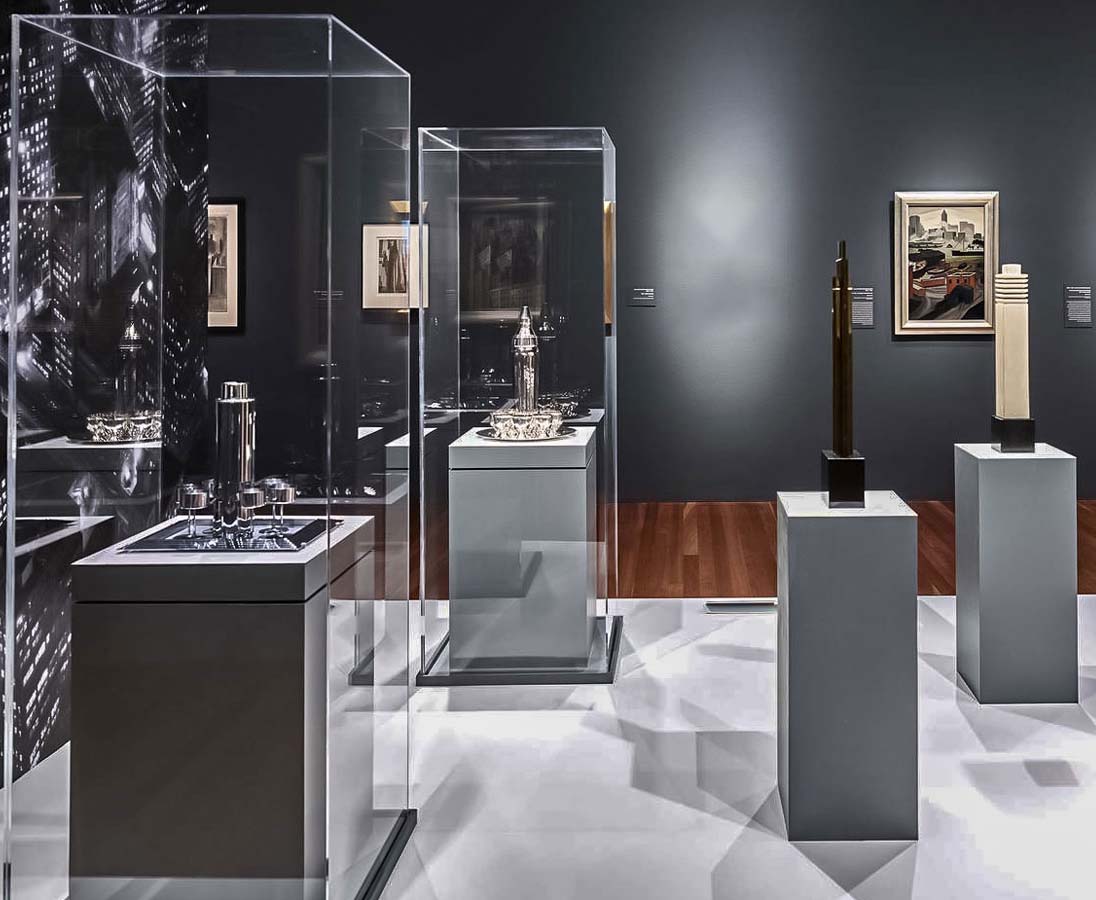Acrylic display products have emerged as vital tools in the preservation and exhibition of cultural heritage artifacts. Known for their clarity, durability, and versatility, acrylics provide a superior alternative to traditional glass and wood display methods, ensuring that precious artifacts are both protected and showcased to their best advantage. This article explores the various ways in which acrylic display products are utilized in the field of artifact preservation and the benefits they offer to museums, galleries, and private collectors.

Transparency and Aesthetic Appeal
One of the primary advantages of acrylic is its optical clarity. Acrylic sheets are highly transparent, allowing for an unobstructed view of the artifacts. This transparency is crucial in museums and galleries where the primary goal is to display artifacts in a way that allows visitors to appreciate their intricate details and craftsmanship. Unlike glass, acrylic does not have the greenish tint that can distort the appearance of artifacts, ensuring that the colors and textures are viewed in their true form.
Durability and Protection
Acrylic is significantly more impact-resistant than glass, reducing the risk of damage to the artifacts in the event of accidental impacts. This durability is especially important in high-traffic areas where the risk of accidents is higher. Furthermore, acrylic display cases can be designed to be airtight, providing a controlled environment that protects artifacts from dust, moisture, and other environmental pollutants that can accelerate deterioration. UV-filtering acrylics are also available, offering protection from harmful ultraviolet light that can cause fading and degradation of sensitive materials.
Versatility in Design
The versatility of acrylic allows for a wide range of display options. Acrylic can be easily molded into various shapes and sizes, making it possible to create custom display cases tailored to the specific needs of different artifacts. This flexibility is particularly beneficial for irregularly shaped or fragile items that require specialized support. Additionally, acrylic can be combined with other materials, such as metal or wood, to create aesthetically pleasing and functional displays that enhance the overall presentation of the artifacts.
Ease of Handling and Maintenance
Acrylic is lighter than glass, making it easier to handle and install. This is an important consideration in the setup and reconfiguration of exhibits, where ease of handling can significantly reduce the risk of accidents. Maintenance of acrylic displays is also straightforward. They can be cleaned with non-abrasive cleaners and soft cloths, and minor scratches can be polished out, ensuring that the displays remain clear and attractive over time.
Case Studies and Applications
Several notable museums and galleries have successfully integrated acrylic display products into their preservation strategies. For instance, the British Museum has employed acrylic display cases to protect and exhibit a variety of artifacts, from delicate manuscripts to intricate jewelry. The National Gallery of Art in Washington, D.C., has used UV-filtering acrylics to safeguard paintings and photographs from light damage while ensuring optimal visibility for visitors.
Conclusion
Acrylic display products have revolutionized the way artifacts are preserved and presented. Their combination of transparency, durability, versatility, and ease of maintenance makes them an ideal choice for museums, galleries, and collectors committed to protecting cultural heritage. As technology advances, the applications and benefits of acrylic in artifact preservation are likely to expand further, continuing to play a crucial role in the stewardship of our shared history.
